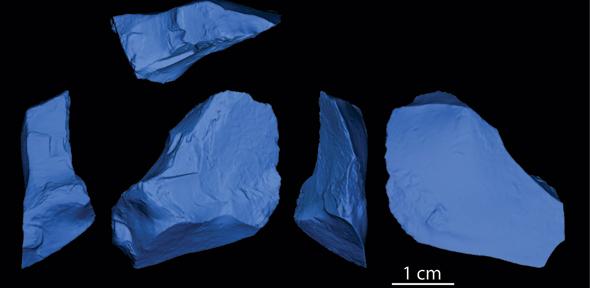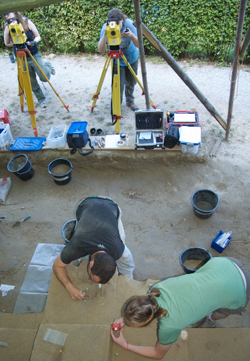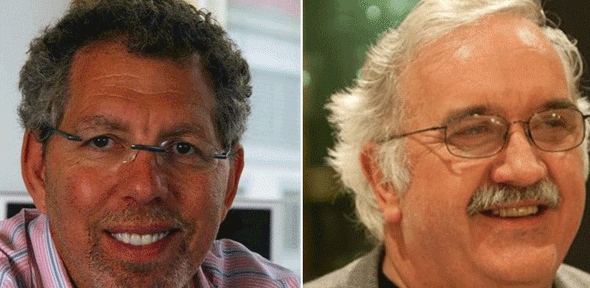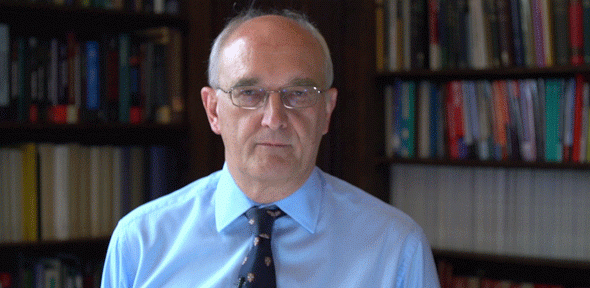
A true intellectual feast, it includes over 250 events for all ages and interests, ranging from evening talks and panel discussions to exhibitions, music, theatre, film screenings and participatory workshops.
Featured speakers include heterodox economist Ha-Joon Chang, historians Sir Richard Evans and David Cesarani, Nigerian author Ben Okri, bioethicist and creator of The No. 1 Ladies’ Detective Agency series Alexander McCall Smith, comedian Bridget Christie and dyslexia expert Julian Elliott. Poet Laureate Carol Ann Duffy will be presenting prizes in a competition celebrating bilingualism.
For the first time this year the Festival is partnering with the Women of the World Festival to present a special day of events on gender politics, including a panel discussion on cyberbullying with feminist campaigner Caroline Criado-Perez and one on the “pinkification” of girls’ lives. The WOW Festival, held on 26 October at the Cambridge Junction, will explore the most urgent issues for women today with inspiring talks, heated debates and lively workshops and activities.
Kicking off at the same time as the Festival of Ideas, and closely tied to it, is a five week festival of fun and creativity called Curating Cambridge: our city, our stories, our stuff. Jointly organised by the eight University of Cambridge Museums and Botanic Garden, with cultural partners and community organisations, the city wide cultural celebration has an exciting mix of workshops, music, talks and performances for all to enjoy. It features a major exhibition at the Fitzwilliam Museum, Silent Partners: Artist & Mannequin from Function to Fetish, plus over 100 other events and activities.
Most of the Festival’s events are free of charge and many do not require pre-booking. Events with limited audience sizes, however, must be booked in advance, via the Festival of Ideas website.
Among the important and timely questions that will be addressed at the Festival this year are how to teach history and why it is important, how to balance privacy and security in an age of omnipresent surveillance, whether economics education has contributed to our current predicament and what role literature can play in conserving the environment.
Nine of the British Academy's new Fellows will also be presenting their research, including Usha Goswami, professor of cognitive developmental neuroscience, Professor Gareth Stedman Jones, director of the Centre for History and Economics, and Hamid Sabourian, professor of economics.
The Festival of Ideas opens on 20 October and the launch event, from 6pm at the Museum of Archaeology and Anthropology, is open to the public. The evening, which also celebrates the launch of Curating Cambridge, will include music, meandering and creativity. Internationally acclaimed poet and spoken word artist Hollie McNish will kick start the exhibitions and activities. The event is free to attend, open to all and places can be booked through the Festival of Ideas website.
The University of Cambridge Festival of Ideas is sponsored by Cambridge University Press and Anglia Ruskin University, which also organises events during the Festival. Event partners include Heffers, University of Cambridge Museums, RAND Europe, and the Junction. The Festival’s media partner is BBC Radio Cambridgeshire.
You can also follow us on:
Twitter #cfi2014
Facebook
Or download the Festival app
Bookings open today for this year's Cambridge Festival of Ideas, now in its seventh year and bigger and better than ever. The Festival, which runs from 20 October to 2 November, explores the rich contributions the arts, humanities and social sciences make to our culture and understanding of the world.
The text in this work is licensed under a Creative Commons Licence. If you use this content on your site please link back to this page. For image rights, please see the credits associated with each individual image.





































